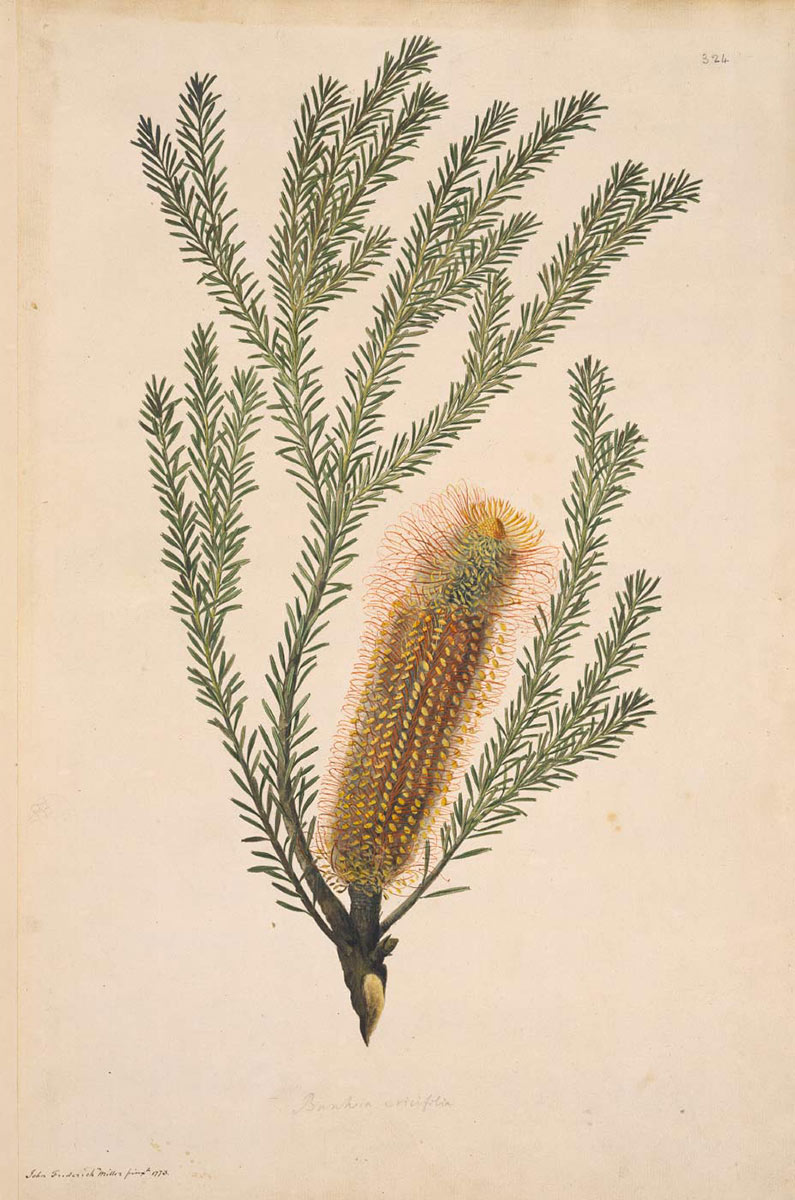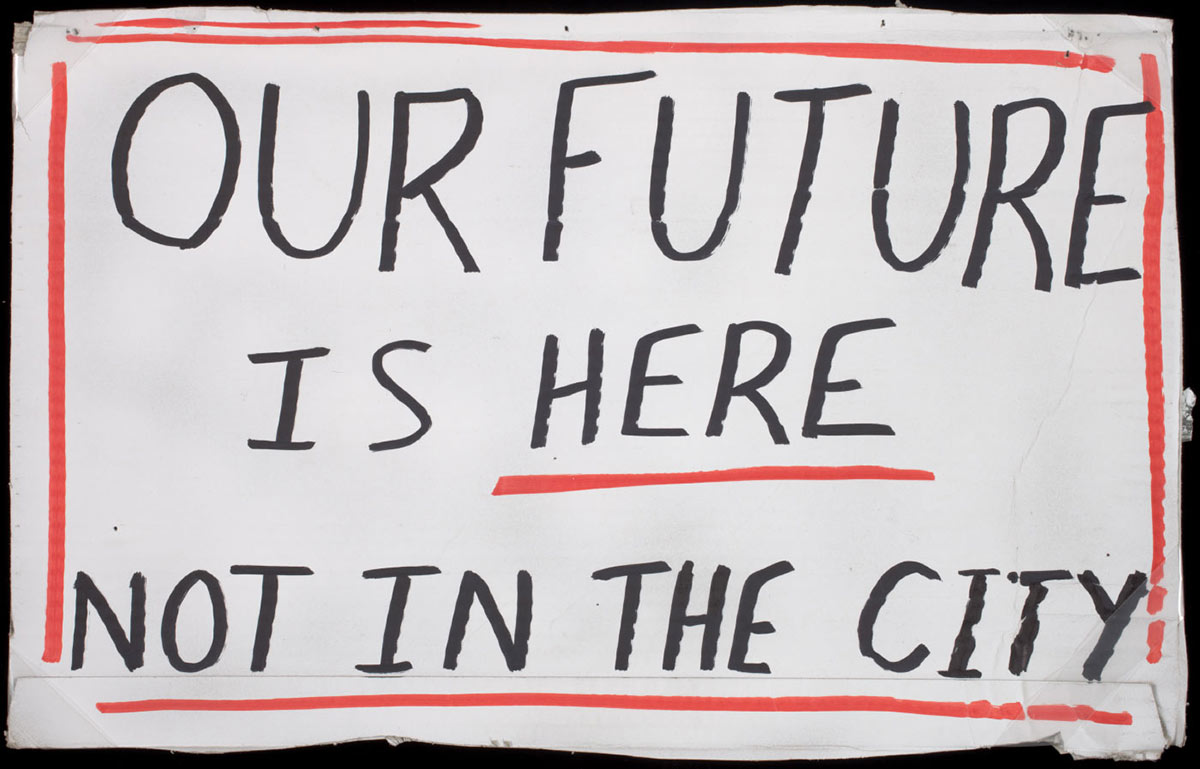Earlier this month we celebrated World Environment Day. We rely so much on our environment for the food we eat and the air we breathe. So it’s important to think about our impact on the earth.
The Museum collection has some incredible pieces that consider the environment and our relationship with it.
Murray–Darling Basin Authority collection
In 1991 the world’s longest toxic bloom of blue-green algae appeared along the Darling River.
The river had been depleted and grown stagnant after the amount of water extracted had more than doubled by the late 20th century. Decades of modern industrial systems of farming and production had significantly altered the ecological balance of the Murray–Darling Basin.
The Murray–Darling Basin Authority was formed by the federal government in 2007 through the Water Act. They were tasked with restoring the Murray–Darling Basin to ecological wellbeing.
The basin authority was met with fierce protests from the irrigation industry community located around the Murray–Darling basin. More than two million people live in the Murray–Darling Basin, which contains 65 per cent of Australia’s irrigated agricultural land and produces significant produce and support for Australian livestock.
Our collection of protest material from meetings across the Murray–Darling Basin documents the attitudes of riverine communities towards their local environment and industry at a time of resource scarcity and ecological change.
Australia’s plants

Australia’s first peoples have an unparalleled knowledge of Australian plants, living with them on this continent for more than 65,000 years.
In creation stories, plants are markers of different seasons, and provide food, medicine and materials for making everyday items.
On the Endeavour’s voyage, Joseph Banks and Daniel Solander created the world’s oldest collection of Australian plants. The specimens were sketched and turned into watercolour studies.
There was little direct contact between the Endeavour’s botanists and Indigenous people, so they missed many opportunities to tap into their knowledge.
Our interactive collection tells us about the plants collected on the Endeavour voyage, and other plants that are significant to Indigenous people which were not collected.
Anthropocene era
In 2018 we held a panel with the Australian National University that proposed the creation of an Anthropocene Day to reflect on the nature of our engagement with the earth.
Scientists have found that humans have so fundamentally changed the earth’s system that we have left the Holocene era and we are moving into another geological epoch, the Anthropocene era.
We’re listening to this fascinating conversation again this week and thinking about our impact on the climate. Tell us what you think in the comments below.
16 Jul 2018
Reflecting on Anthropocene Day
We’ll keep bringing objects, collections, exhibitions and programs from the vault as part of the Museum from Home experience. Stay tuned!
In our collection

